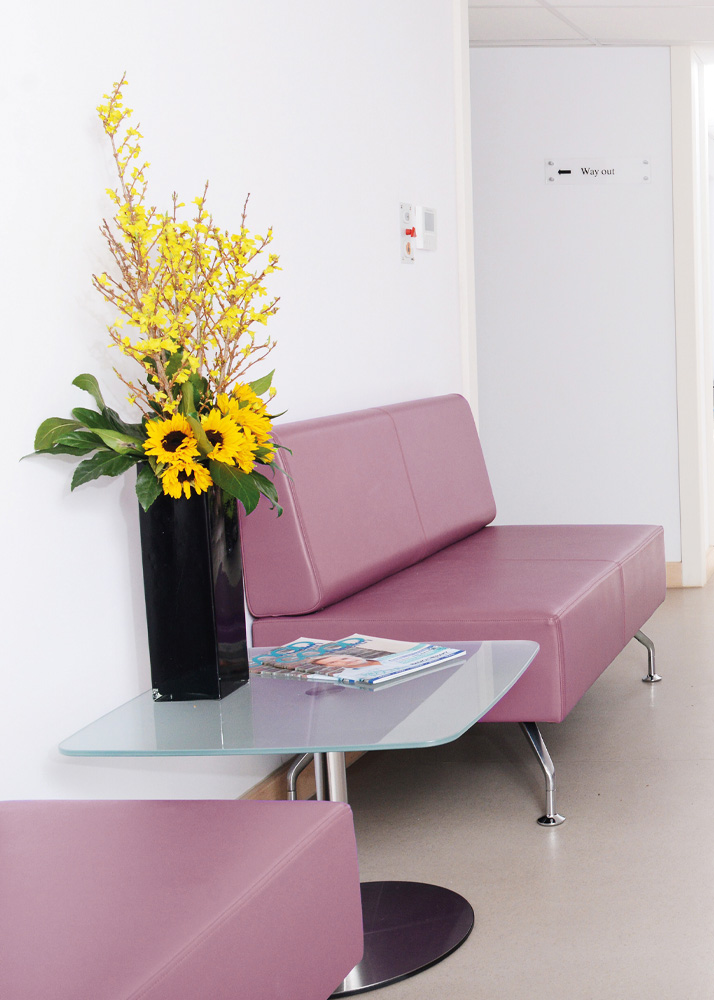Out Patient Hysteroscopy

Out Patient Hysteroscopy
Hysteroscopy is a procedure that is used to examine the inside of the uterus (womb), and it can also be used to treat certain conditions at the time of examination. It involves passing a hysteroscope, a thin tube with a light source that is inserted into the vagina, through the cervix, and into the uterus.
In the past, this was only carried out under general anaesthesia, but now, new techniques mean I can offer this as an ‘awake’ service in my clinic.
Why might I need a hysteroscopy?
Hysteroscopy is a valuable diagnostic and treatment tool. If you are experiencing heavy or abnormal bleeding, bleeding after menopause, bleeding in between periods, repeated miscarriages or fertility problems, hysteroscopy can help to diagnose and treat the issue.
Hysteroscopy can also be used to retrieve an IUD (intrauterine coil) which has been lost, particularly when the threads cannot be found.
What happens during an outpatient hysteroscopy?
For obvious safety reasons, it’s essential to check on the day that you’re not pregnant, so you will need to bring a first-of-the-morning urine sample to the appointment, which we’ll quickly test. It’s important to use contraception from day one of your period until the procedure.
Before the procedure, I recommend taking a dose of paracetamol to reduce discomfort. A nurse will be present to help support you through the process. You’ll be given an anti-inflammatory suppository and a low dose of sublingual (under the tongue) misoprostol to prepare the cervix about an hour before the procedure. You’ll also be given a dose of antibiotics after the procedure.
During the procedure, you’ll be lying on a couch with your legs in supports. A sheet will cover you from the waist down.
A speculum is gently passed into the vagina so that the cervix can be seen, the cervix is cleaned, and a local anaesthetic injection (a bit like a dental anaesthetic) is used to numb the neck of the womb. The whole procedure takes around 5-10 minutes.
The hysteroscope is carefully passed through the cervix, and sterile fluid is run through the scope, expanding the womb and allowing me to see inside and look for any abnormalities, including polyps. You will feel a little wetness as the fluid tickles out. I can also take a tissue sample (endometrial biopsy) and remove polyps with a gentle shaver. If a coil needs to be fitted (e.g. a Mirena coil for heavy bleeding or contraception), this can take place at the end of the hysteroscopy.
Hysteroscopy risks
Outpatient hysteroscopy is a very safe procedure, and because the person is awake during the procedure, it is a safer procedure than hysteroscopy carried out under a general anaesthetic. As with all procedures, there is the potential for a complication, including:
How will I feel after hysteroscopy?
It’s common to feel some slight pain (a bit like period pain) and some watery discharge or blood spotting (for up to a week). If you have pain, taking ibuprofen or paracetamol will usually be sufficient to settle any discomfort. You will need to avoid using tampons, having a bath, and having sex for 5-7 days.
Some women prefer to have their hysteroscopy under general anaesthesia, and I am always happy to discuss the procedure and support the patient’s personal choice.
